A Family of Changemakers
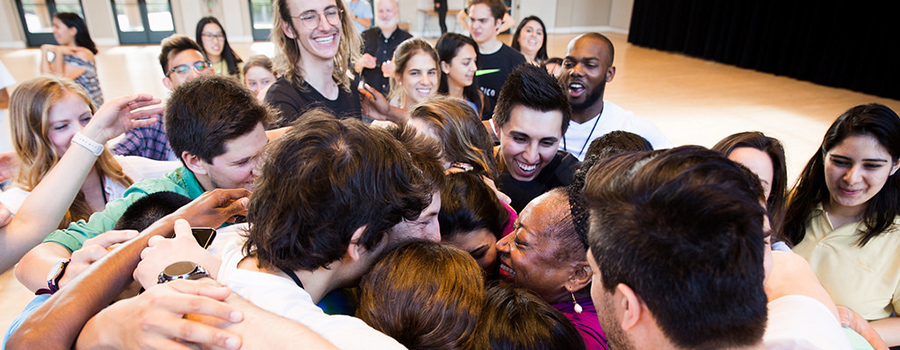
Photos by Patrick Beaudouin.
The March 2018 Silicon Valley Meetup brought together 280 University Innovation Fellows and faculty for four days of learning and bonding over the shared mission of change in higher education.
Intense, shared experiences have a way of connecting people to one another in a special and long-lasting way. The University Innovation Fellows Silicon Valley Meetup is definitely one of those experiences.
Students and faculty traveled from all around the world to Stanford University, where they spent four long days opening themselves up to new skills, mindsets, experiences and people. They stood in a standing ovation after one Fellow’s teary presentation about her experience rebuilding Puerto Rico after the hurricanes last Fall; they spent hours learning how to facilitate a design thinking challenge so they can serve others at their schools; and their bodies flowed to music together in a huge mirrored dance studio.
Participants were so dedicated to the experience, and to one another, that they vocally refused to leave Stanford’s d.school at the end of the closing celebration on Sunday night. It was a weekend where sleep wasn’t a priority, but friendships and camaraderie were.
And there were a lot of new friends to meet! 250 Fellows and 30 faculty from 77 schools in 10 countries joined our team for the Meetup on March 15-19, 2018. The event was attended by Fellows who joined the program in Spring 2018. Attendees learned new ideas and techniques to help them drive institutional change at their home universities and colleges.
During the event, Fellows collaborated with other students and faculty in experiential workshops at Stanford’s d.school and Google. They took part in activities that helped them boost their leadership and creative confidence skills, form effective and diverse teams, and design new learning experiences for students at their schools.
Meetup Mentors
Attendees were guided through the event by 24 experienced Fellows (nicknamed Fabs, short for “fabulous”) from the U.S., India, Peru and Uruguay. The UIF team selects Fabs for the impact they’ve had at their schools, in their communities and their constant involvement in the global movement. The Fabs acted as the participants’ mentors on superhero-themed teams, facilitated workshops, designed and led the Monday outdoor experience, and helped the UIF team run the logistics of the event. Two experienced faculty champions mentored the 30 faculty in attendance and provided programming to help them build healthy relationships with Fellows at their schools.
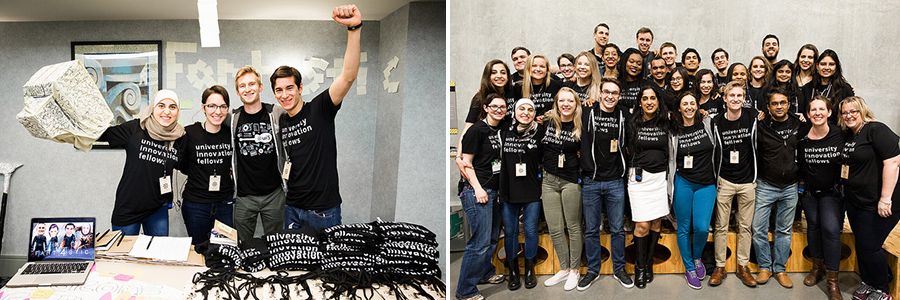
Mental health, overcoming obstacles, inclusion, teamwork, gratitude — these were just some of the topics covered by the 24 Fabs and two faculty mentors who gave short talks throughout the Meetup. These weren’t your typical inspirational, “If I can do it, so can you” talks. The Fabs shared deeply personal stories, admitted failures and challenges, and discussed new mindsets. Although it’s difficult to summarize their diverse stories, one takeaway is that the road to success and personal fulfillment is tough, and we have to take care of ourselves in order to make progress. Or, as one Fellow noted in feedback about the event: “I learned to trust people and love myself.”
Faculty also shared stories about the Faculty Champion perspectives that might drive resistance to Fellows’ ideas (see Nick Swayne’s talk here) and how great leadership is invisible and leads from behind (see Mary Raber’s talk here). View all the ignite talks.
The Event Recap
Imagine stepping into a room and being met by 24 cheering Fabs, and receiving high-fives and hugs in addition to an agenda and name tag. That’s what Meetup registration looked like on the evening of Thursday, March 15. Participants entered as strangers and left with a whole superhero team of friends.
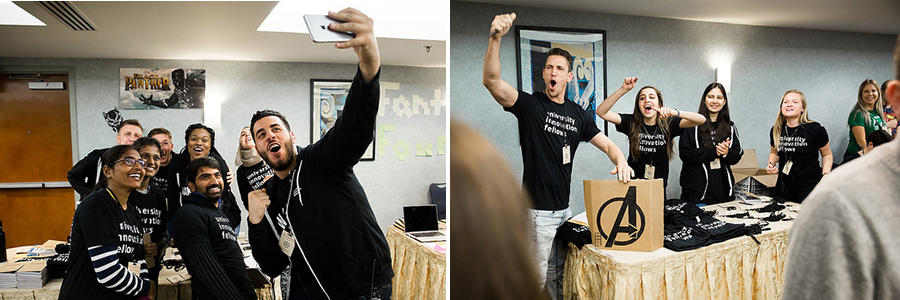
Early in the morning on Friday, March 16, the group boarded six busses and headed to Google for the day. There, they were hosted by Google’s Chief Innovation Evangelist, Dr. Frederik Pferdt, who led attendees through activities to help them build a culture of innovation using design thinking.
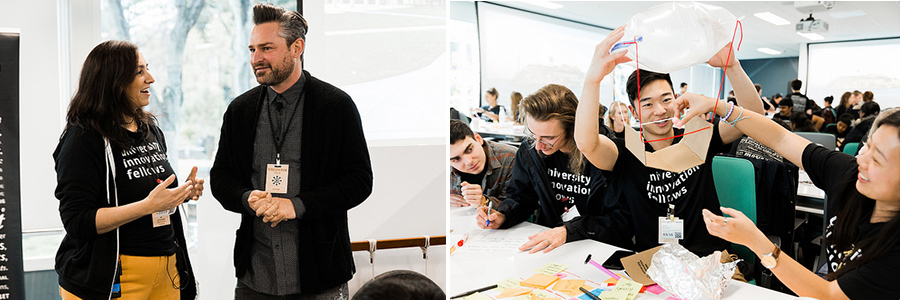
During a lunchtime break to fuel our bodies (with food), attendees got a chance to check out the Google Garage and take a massive group photo outside the Noogler Orientation Room where they spent the day. Viola Gauci of Alphabet’s X and Daniel Stratford of Google for Education shared their insights and stories with the Fellows in between design challenges.
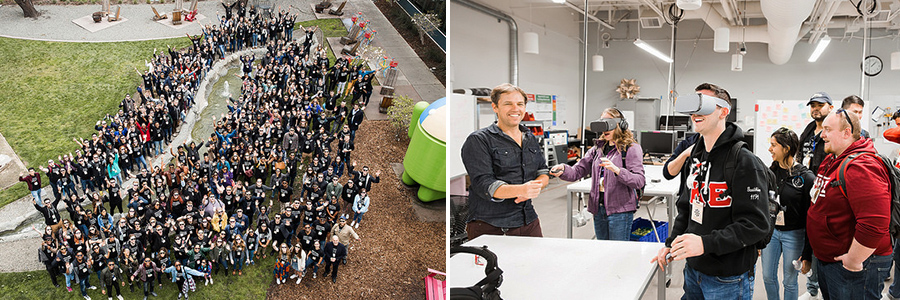
At Stanford on Saturday, March 17, Fellows took part in activities such as movement and leadership with Aleta Hayes from Stanford’s Theater and Performance Studies; stokes (warm-up activities) with Tania Anaissie, a former d.school experience designer (one Fellow described stokes as “brutally useful.”) Other activities included space design with the UIF team; and storytelling through video with Tyler Winick of Only People Media, who also produces the UIF program’s videos.
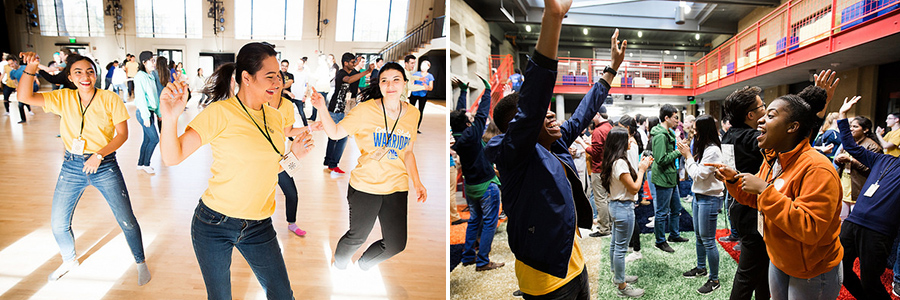
They heard about personal motivation, confidence and the value of taking action from Yan Budman of Spark Social Solutions, the co-creator of social good phenomenon @HiddenCash. In the evening, they participated in an unconference, where the attendees (rather than the event organizers) set the agenda and work in groups around topics of interest.
Sunday, March 18, was dedicated to unleashing the power of the UIF movement. Attendees heard from a panel of early-career Fellows, and then launched into one of the day’s big events: the d.challenge. Participants split into groups to learn how to use the d.challenge toolkit for facilitating an introductory design thinking experience at their schools. We provided them the toolkit and guidance on how to facilitate, and we challenged them to hold an event within the next few weeks at their schools.
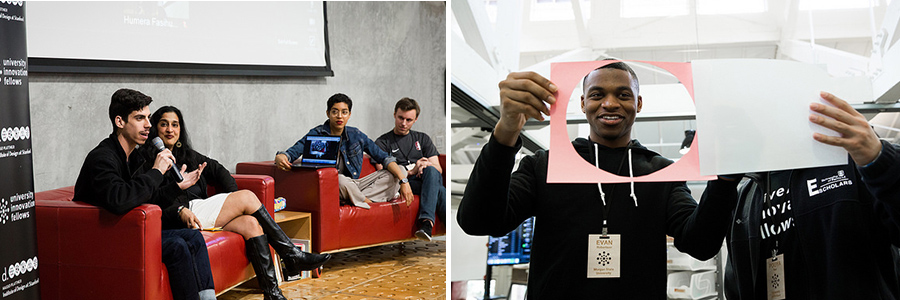
In the afternoon, they worked on designing learning experiences with a focus on equity, led by Mimi Fox Melton of CODE2040. Attendees also met in small groups with coaches for an activity called the Sneaky Lil’ Experiments Studio, which helped them design quick real-world tests of their ideas for learning experiences back at their schools.
Sunday night, Fellows discovered the answer to the question: what’s rainbow-colored, flies, and contains inspiring words? The Meetup’s paper airplanes debrief! This is one of our favorite activities, and it serves as the formal close of the event. Everyone writes something they learned on a piece of colored paper and launches it in the air to be caught and read by someone else. We celebrated the end of the event with local food trucks, ice cream, and a dance party in the d.school atrium, featuring a very diverse collection of music from around the world selected by the Fellows. It was so much fun that our team’s announcement that the buses had arrived to take them back to the hotel was met with vocal disapproval. Who needs sleep anyway?
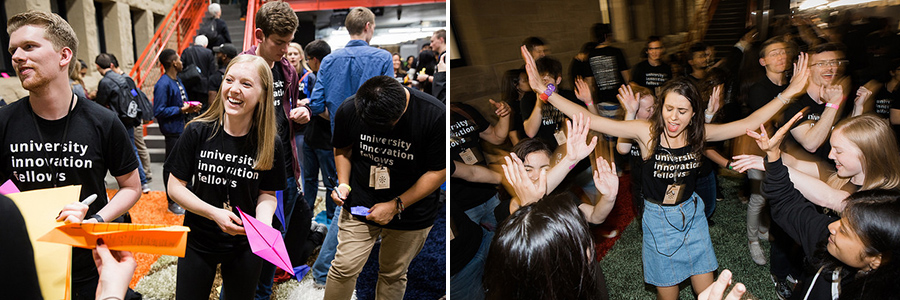
On the morning of Monday, March 19, Fellows took part in an outdoor walking debrief and gratitude experience. They traveled to one of five locations to digest the Meetup experience and connect with one another: Stanford, the North Sawyer Reservoir, the Palo Alto Baylands, the Golden Gate Bridge, and the Mission in San Francisco.
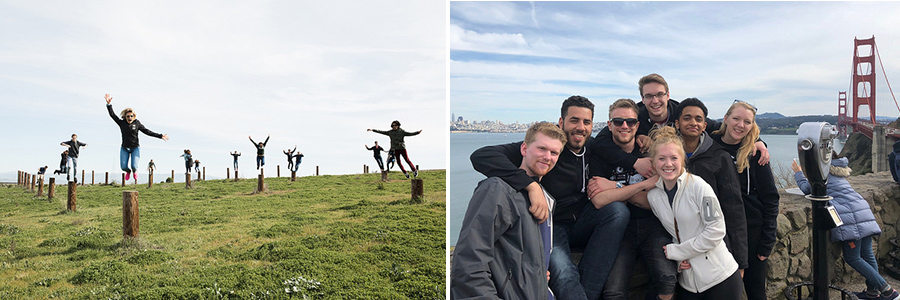
The #uifamily
The Force was strong with this group of Fellows; the sense of community, of family, was tangible throughout the weekend.
Fellow Curtis Harrison of the Colorado School of Mines summarized this feeling well when he said, “The biggest thing I learned is that none of us are in this fight alone. It was powerful to realize that there were groups of passionate and awesome individuals working to make the same changes at their school that the Fellows at my school are shooting for. I now know we all have the UIF community to pull energy and ideas from, even as we work on individual projects.”
Chris Dinnis, of the University of New Haven, echoed this sentiment: “No matter what I am going through, I am not alone. Someone in the UIF family will be there for me to listen and empathize.”
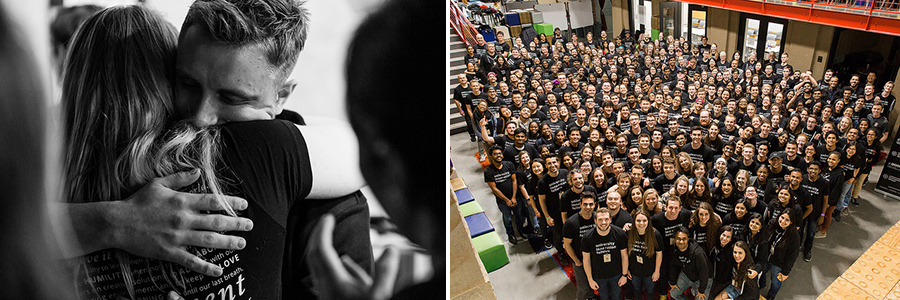
The Meetup is not a once-and-done experience. Fellows who met for the first time will continue to collaborate with one another long after the event. Close friendships have emerged despite being separated by oceans; Fellows check in on one another to offer advice and support; they share grant, job and internship opportunities. They even share their sofas and dinner tables for Fellows visiting their cities (a travel/lodging startup opportunity?).
This is the power of the UIF community. It’s not Silicon Valley, Stanford, or even the UIF training that makes this kind of connection possible — it’s the people. We come together in these shared experiences to get behind a common mission. We’re family, and we stick together. That’s how change happens.
View photos, videos and materials from the March 2018 UIF Silicon Valley Meetup.

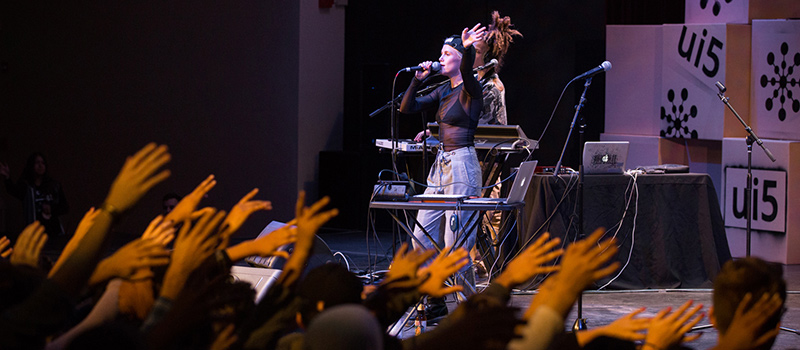
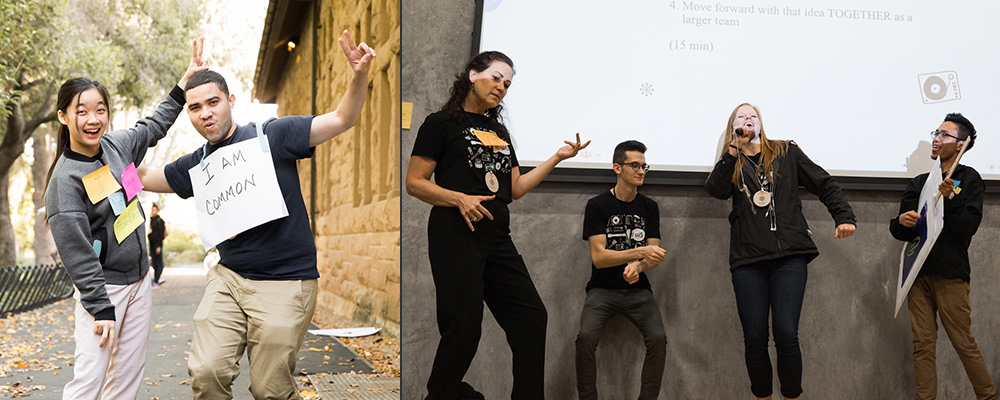
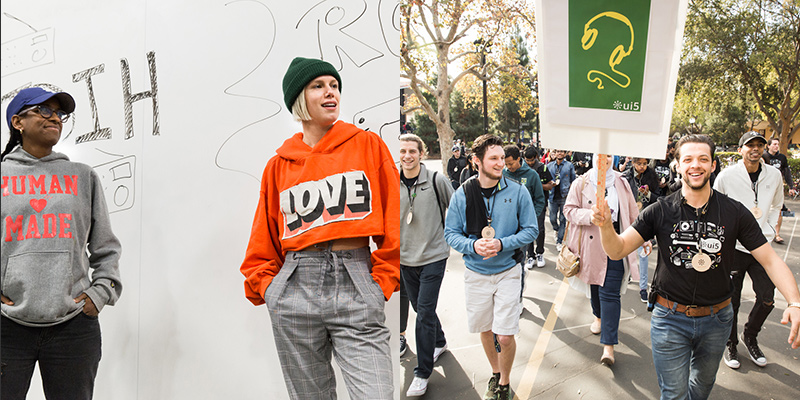
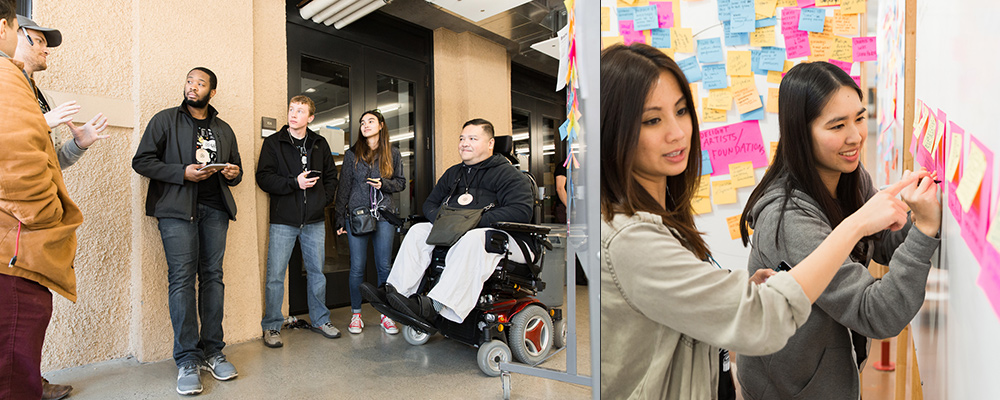
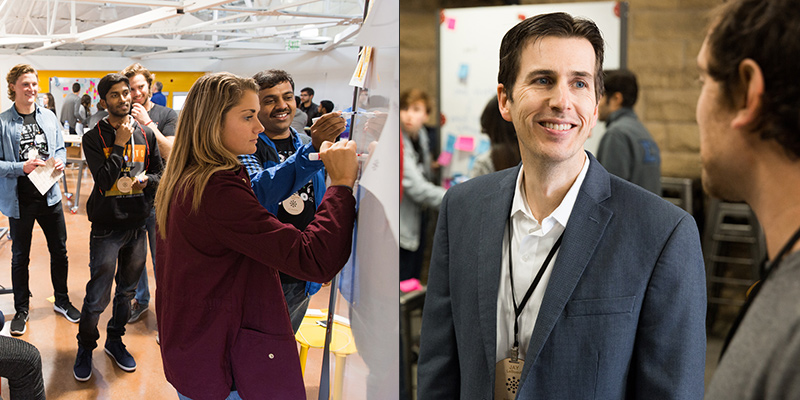
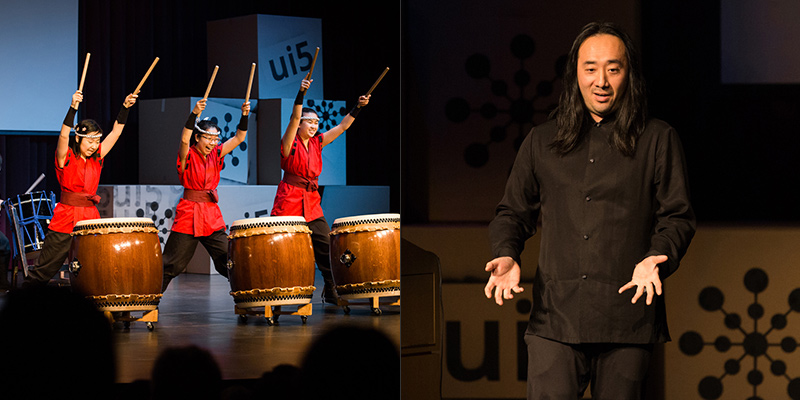
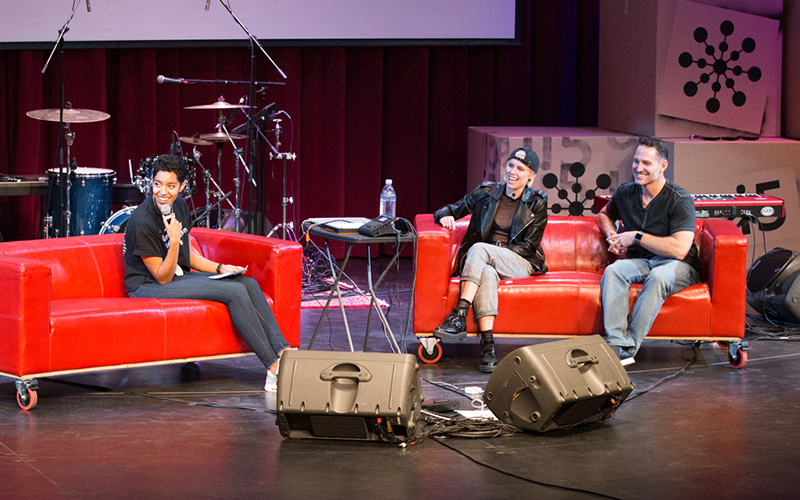
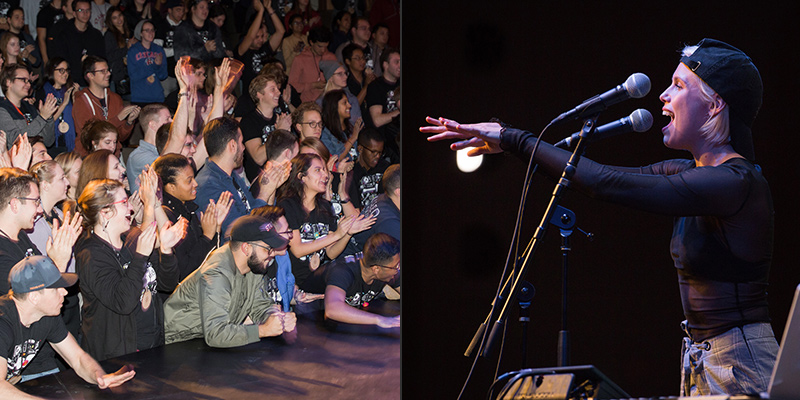
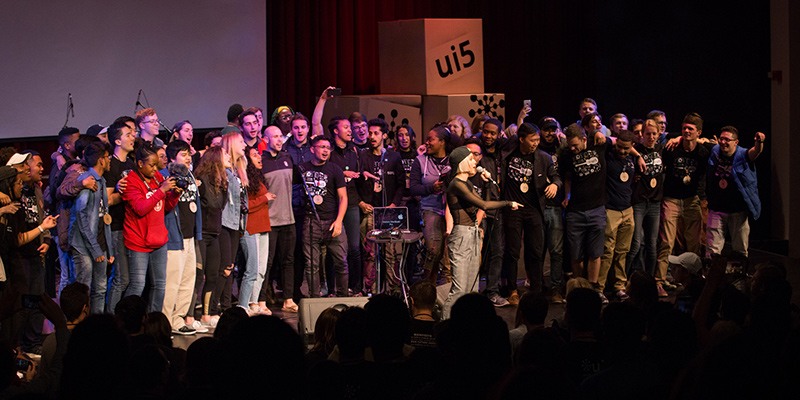
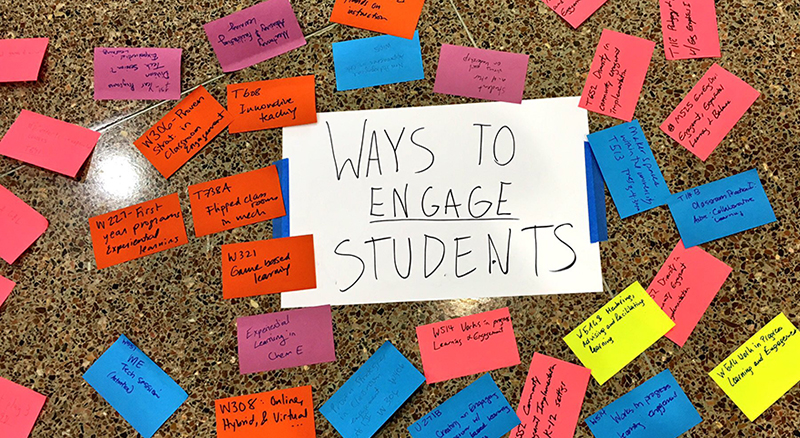
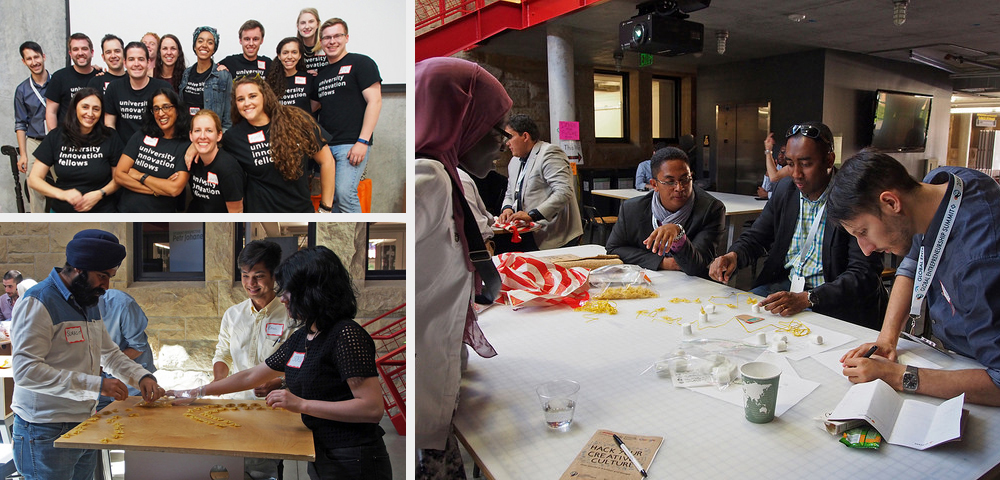
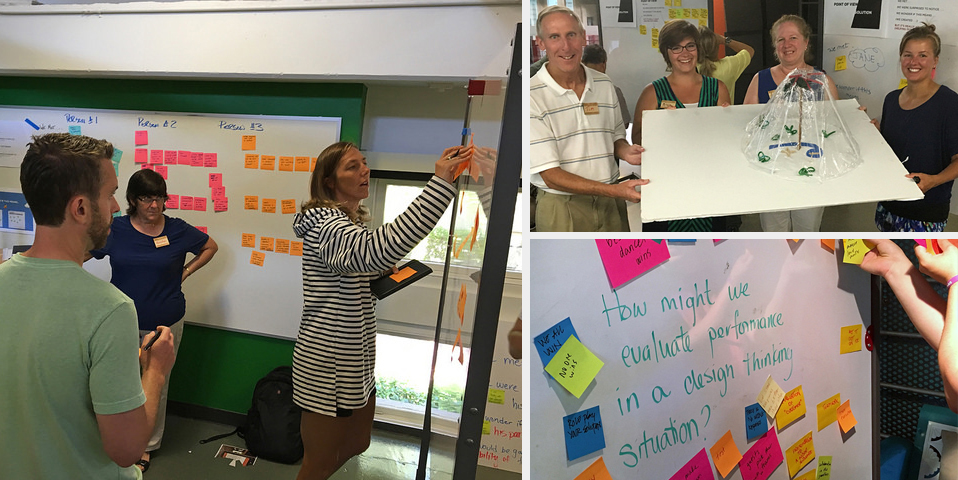
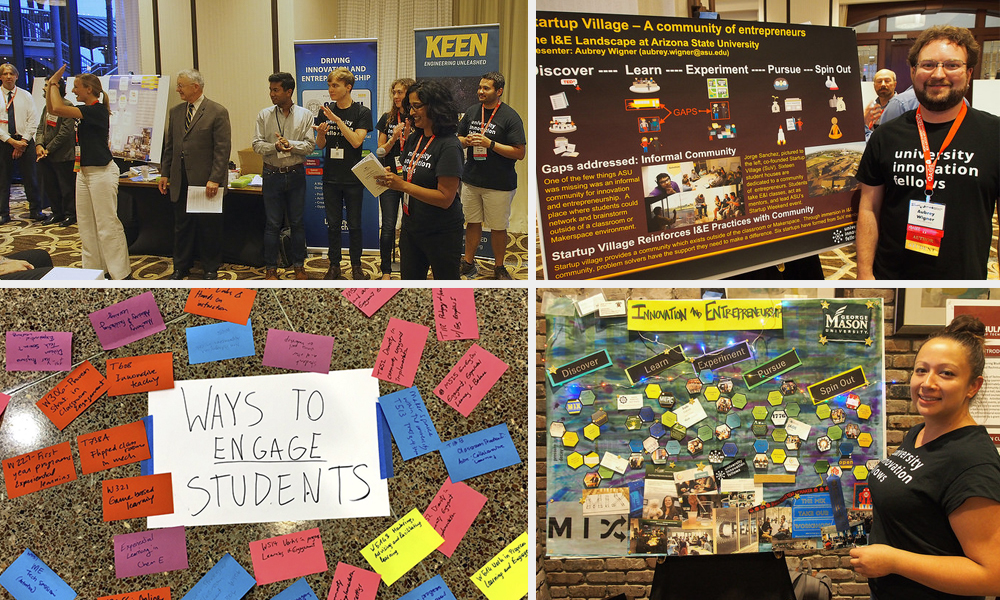

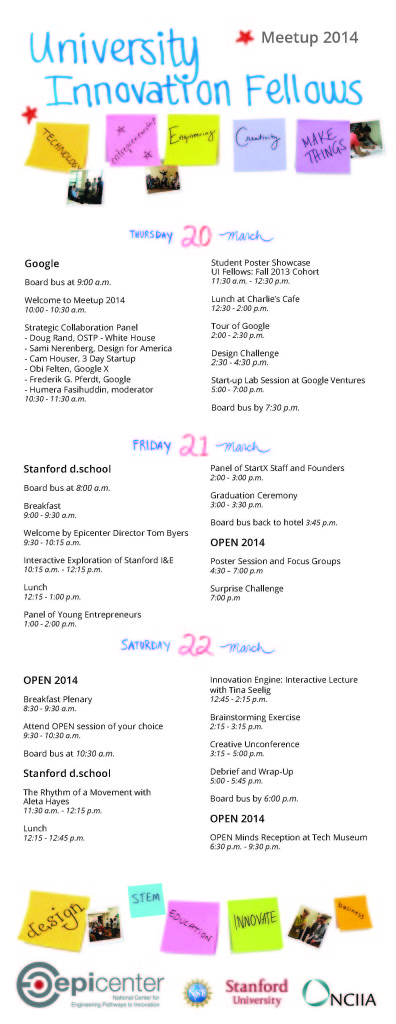






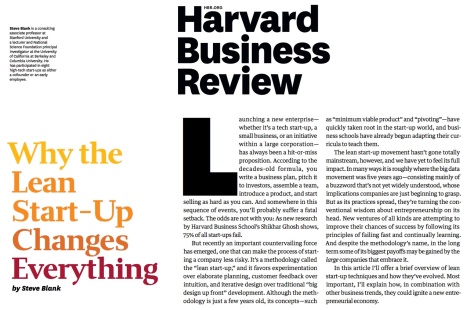
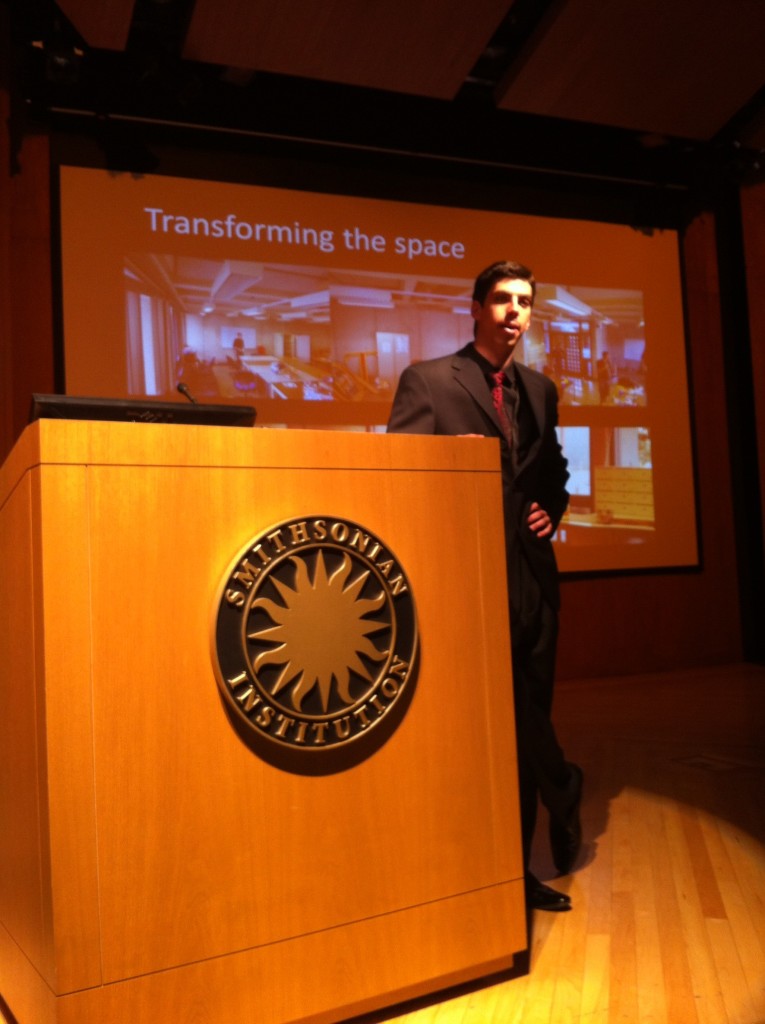
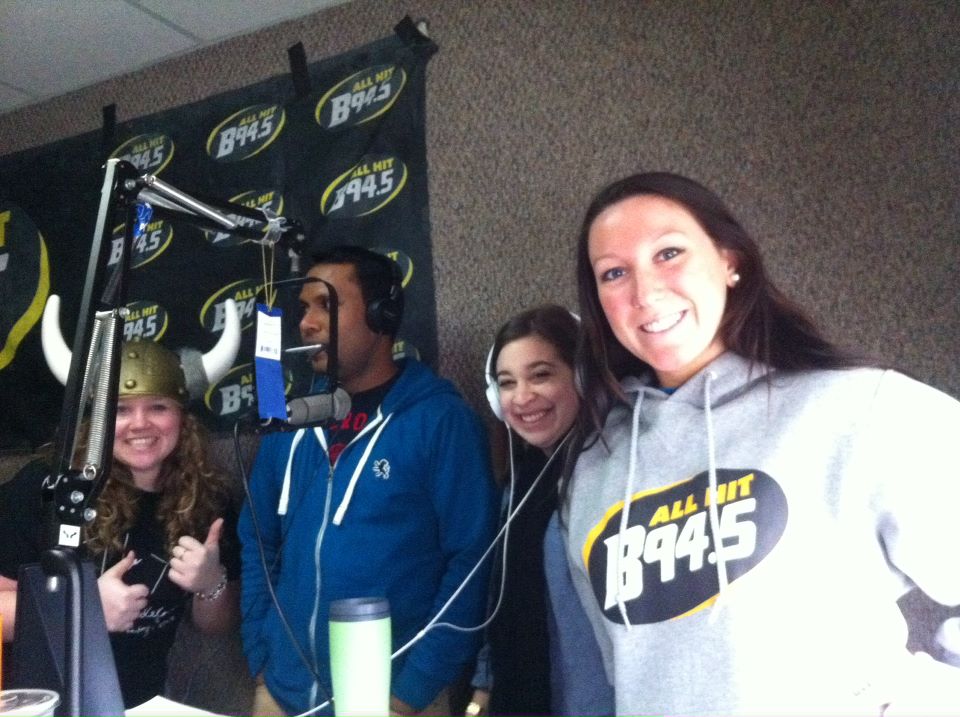
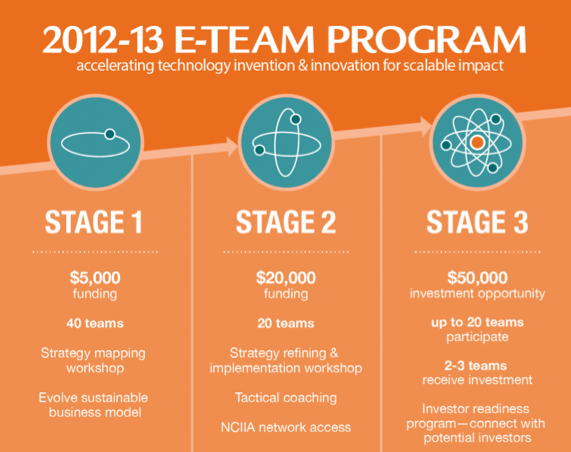

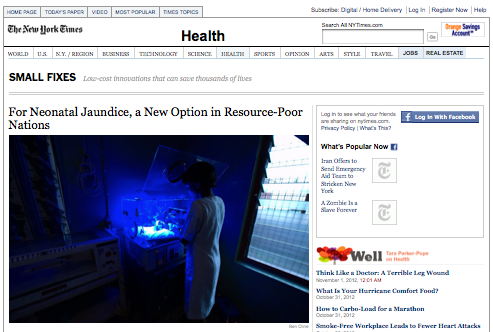
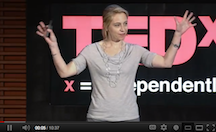

 Who better to tell our Student Ambassadors how to pick great speakers than Matt Harvey of Stanford Technology Ventures Program. As Content and Communications Director at Stanford, Matt is responsible for finding some of the great speakers who come talk to Stanford engineers within the Entrepreneurial Lecture Series class. Most of these talks are made available by podcast or video at Stanford’s
Who better to tell our Student Ambassadors how to pick great speakers than Matt Harvey of Stanford Technology Ventures Program. As Content and Communications Director at Stanford, Matt is responsible for finding some of the great speakers who come talk to Stanford engineers within the Entrepreneurial Lecture Series class. Most of these talks are made available by podcast or video at Stanford’s 